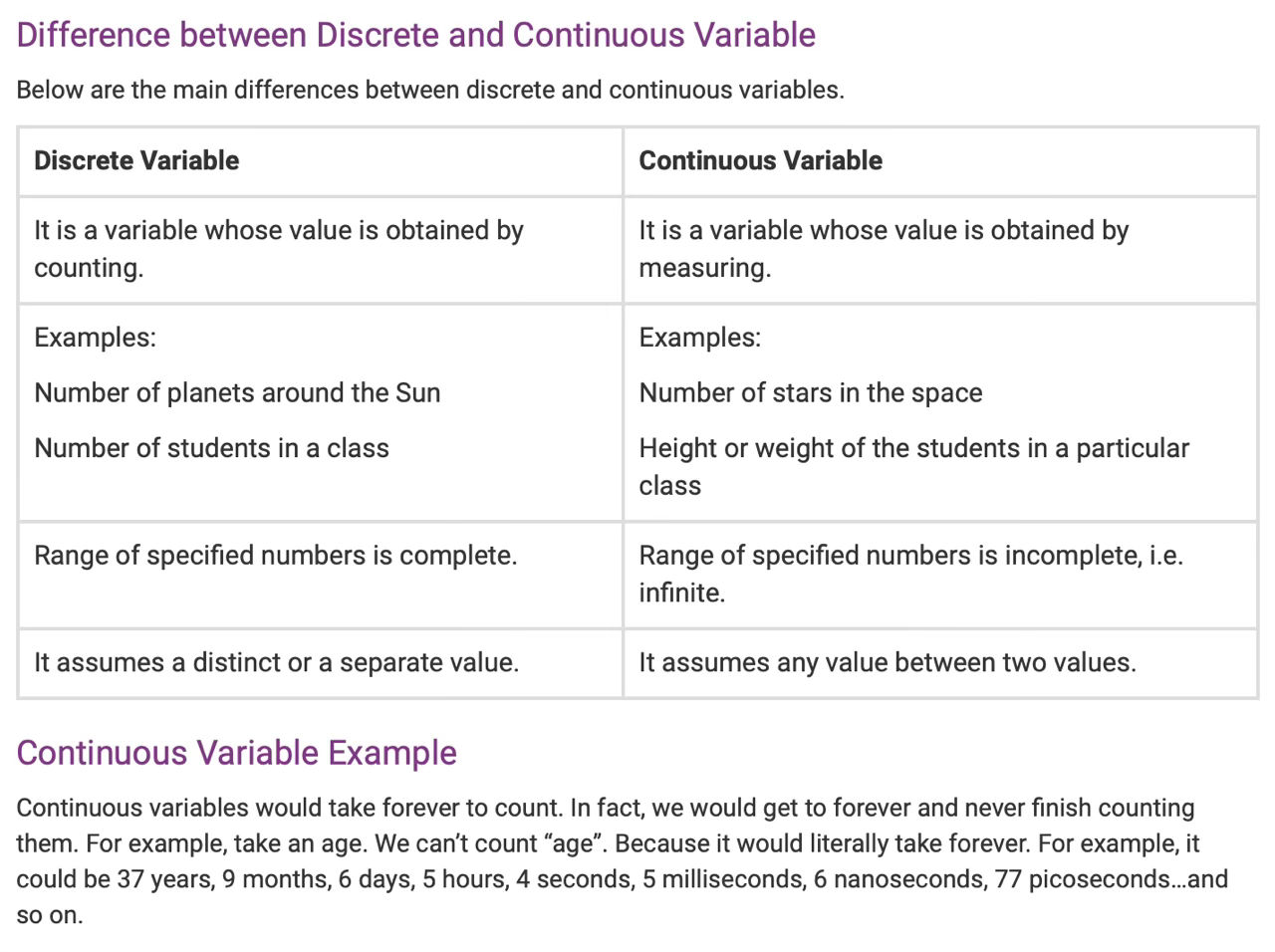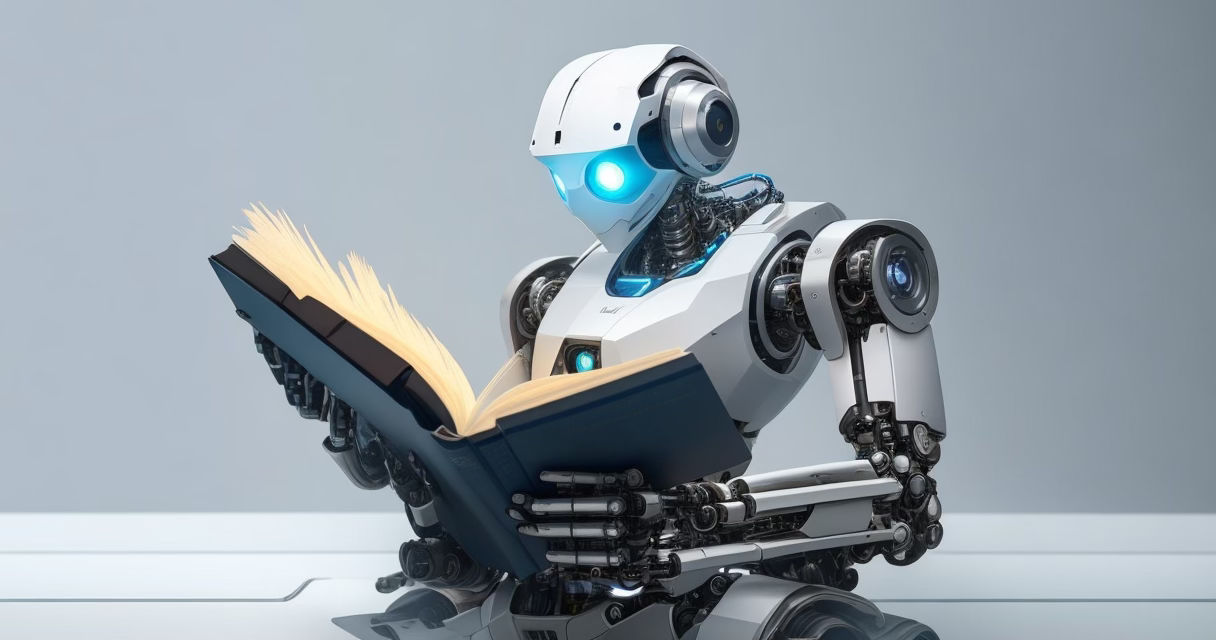What is Machine Learning?
Machine learning is a way for computers to learn from data without being specifically programmed. It uses algorithms which can examine through data, learn from it, and then apply that knowledge to make decisions and predictions.
Andrew Ng-
It’s a science of getting computers to learn without being explicitly programmed.
In layman’s terms, machine learning is the process of having a computer learn from data without having to explicitly program it. It uses
algorithmsto figure outpatternsindataand then use those patterns to makedecisionsorpredictions.
Machine Learning Algorithm Types
- Supervised Learning (Used Mostly in real world applications)
- Unsupervised Learning
- Clustering (Grouping similar data points together)
- Anomaly Detection (Compress data using fewer numbers)
- Dimensionality Reduction (Find Unusual data points)
What is Supervised Learning?
In supervised learning, we are given a data set and already know what our correct output should look like, having the idea that there is a relationship between the input and the output.
flowchart LR
X[X Input]-->|Mapping|Y[Y Output]
Supervised learning, refers to algorithms that learn x to y or input to output mappings.
Applications of Supervised Learning
| Input (X) | Output (Y) | Application |
|---|---|---|
| Spam | Spam Filtering | |
| Audio | Text Transcripts | Speech Recognition (Google Assistant) |
| English | Spanish | Machine Translation (Google Translate) |
| Ad, User info | Click? (0/1) | Online Advertising (Google Ads) |
| Image, Radar Info | Position of the other car | Self-Driving car (Tesla) |
| Image of the Phone | defect? (0/1) | Visual Inspection (Computer Vision) |
Categorization of Supervised Learning
- Regression
- Classification
 Figure 2 : Discrete and Continuous Variable
Figure 2 : Discrete and Continuous Variable
Regression
In a regression problem, we are trying to predict results within a continuous output, meaning that we are trying to map input variables to some continuous function.
Regression model predicts
numbers. i.e.priceof the house by usingsizeorageof the person by usingheight. It predictsinfinetelymany possibleoutputs.
Classification
In a classification problem, we are instead trying to predict results in a discrete output. In other words, we are trying to map input variables into discrete categories.
Example 1: Given data about the size of houses on the real estate market, try to predict their price. Price as a function of size is a continuous output, so this is a regression problem. We could turn this example into a classification problem by instead making our output about whether the house sells for more or less than the asking price. Here we are classifying the houses based on price into two discrete categories.
Classification model predicts
Categories. i.e.catordog. It predictsSmallnumber of possibleoutputs.
Example 2:
(a) Regression - Given a picture of a person, we have to predict their age based on the given picture.
(b) Classification - Given a patient with a tumor, we have to predict whether the tumor is malignant or benign.
What is Unsupervised Learning?
In Unsupervised learning, data only comes with Input feature X, but not Output label y.
Unsupervised learning allows us to approach problems with little or no idea what our results should look like. We can derive structure from data where we don’t necessarily know the effect of the variables. eg. Google News, Grouping Genes, Grouping customers based on market segments.
Example:
Take a collection of 1,000,000 different genes, and find a way to automatically group these genes into groups that are somehow similar or related by different variables, such as lifespan, location, roles, and so on.
‘Group similar data points together’. We can derive this structure by clustering the data based on relationships among the variables in the data.
Summary
Machine learning is a science of getting computers to learn without being explicitly programmed.
Supervised learning, refers to algorithms that learn x to y or input to output mappings.
In a regression problem, we are trying to predict results within a continuous output.
In a classification problem, we are trying to predict results in a discrete output.
Unsupervised Learning, We can derive the structure by clustering the data.
References:
- Machine learning
- Midjourney AI Image Generator Platform
- OpenAI Dall.E 2 AI Image Generator Platform
- Continuous Variable - Types, Examples and Discrete variables
- Real, Irrational, Imaginary World of Mathematics – Mathigon
